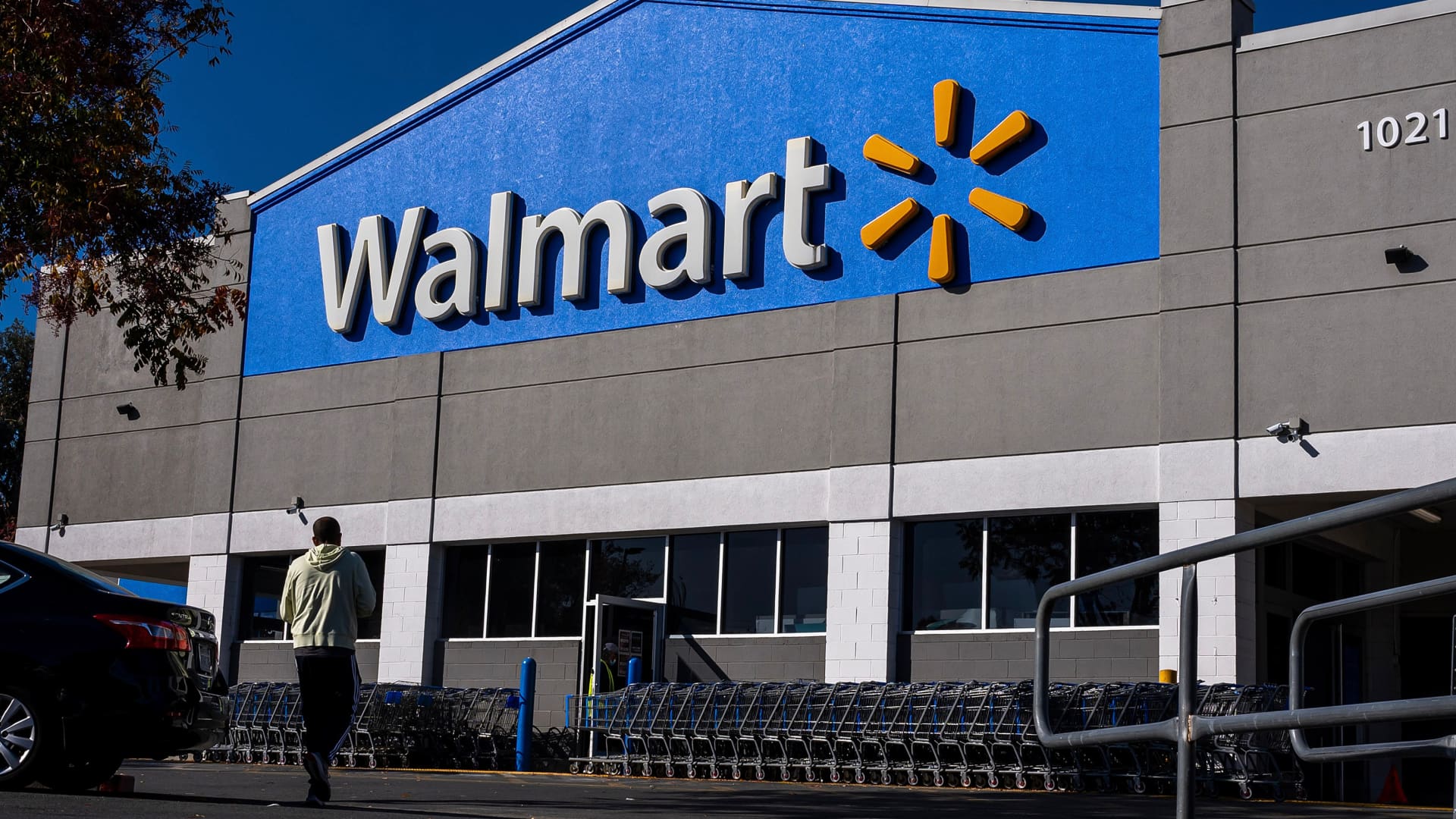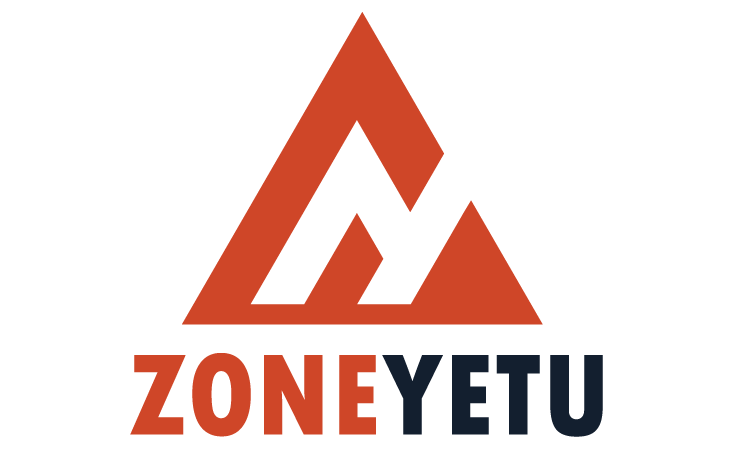
Walmart is confronted with tariff issues while Wall Street anticipates record-breaking sales
The frugal Walmart (WMT.N) has launched a new page where customers prioritize finding the best deal over whether a product is manufactured in the US, Canada, China, or another country, according to Walmart executives.
According to LSEG projections, Walmart, a chain with over 4,600 locations in the United States, is expected to report record yearly revenues when it releases its results on Thursday.
Prior to the findings, LSEG estimated that Walmart’s revenue for the year ending January 31, 2025, increased by almost 5% to $680.47 billion.
However, some Walmart investors are concerned that the company’s “price-above-all” strategy could put it in a difficult position under President Donald Trump, who has imposed fresh tariffs on Chinese goods and threatened to impose duties on items made in Canada, Mexico, and India.
One of the first major American retailers to provide fourth-quarter numbers, including holiday sales, is Walmart.
Because of its size and dominant market share in the US retail sector, the store acts as a gauge for consumer spending. Investors keep a careful eye on its profits in hopes of learning more about the state of the US economy.
Additionally, Walmart, the biggest importer of containerized goods in the United States, makes 40% of its revenue from discretionary items like toys, electronics, and apparel, which are mostly imported from China, India, and other countries that are the focus of Trump’s new tariffs, opens a new tab.
Wall Street analysts predict that Walmart’s revenue growth rate would decrease to 4% this year, indicating that they are concerned about tariffs.
Walmart is in its quiet phase before its earnings announcement, according to a Walmart representative who declined to comment.
As a way to gauge the effect of tariffs, Brian Mulberry, a Walmart investor and client portfolio manager at Zacks Investment Management, stated that he will use Walmart’s Great Value in-house brand.
Mulberry pointed out that more than 70% of the generic non-food items that Great Value sells, including electronics, accessories, plastic food containers, and sporting goods, come from China.
“We will be watching for any pressure on margins on the Great Value and other in-house brands as they have been responsible for adding positive growth to bottom line margins,” Mulberry stated.
In its 2024 annual report, Walmart stated: “Significant changes in tax and trade policies, including tariffs and government regulations affecting trade between the U.S. and other countries where we source many of the products we sell in our stores and clubs could have an adverse effect on our business and financial performance.”
Investors who are worried about whether the results would demonstrate this “adverse effect” on Walmart’s business include Randy Hare, director of research at Huntington Private Bank.
Hare stated, “We are listening intently to see what guidance they give surrounding this,” and he anticipates some minor effects. He pointed to Walmart’s ability to sustain margin growth throughout times of high inflation and port disruptions in recent years.
By shifting white-collar positions to less expensive regions like Arkansas, expanding warehouse automation, and decreasing its reliance on China, Walmart has preserved its profit margins.
In order to reduce costs by reducing lead times and improving shelf stocking, Walmart has also pledged to invest $350 billion over ten years in sourcing products from suppliers who manufacture, cultivate, or assemble in the United States.
Hare stated that he would like Walmart to split tariff expenses with manufacturers and suppliers because he does not want price hikes to put pressure on sales growth.
S&P analysts noted in a note that Walmart, which sources a substantial portion of its inventory worldwide, with China being its top source, is expected to expand its sales by 4% this year, surpassing that of rival Target (TGT.N).
Target’s total yearly income is predicted by LSEG to increase by 2.5% in 2025 and decrease by roughly 1% in 2024. Target releases its holiday quarter results on March 4.
Although Trump’s election increased inflationary pressures with new tariffs and immigration policies, UBS analyst Michael Lasser, who last week increased his price objective on Walmart’s shares from $100 to $113, stated that Walmart’s daily low prices would probably encourage customers to spend more money there.
“We believe Walmart would be one of the better positioned retailers to mitigate or manage through tariffs, given its price leadership, buying power, and global sourcing capabilities,” Lasser stated.
All Categories
Recent Posts
Tags
+13162306000
zoneyetu@yahoo.com



